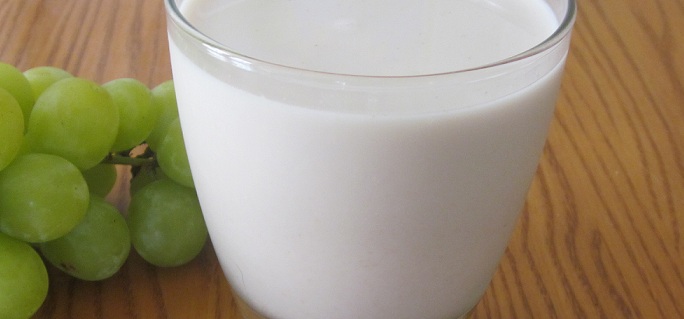Almond Milk
2012

If you have not yet tried making your own almond milk, I strongly encourage you to try it. You may never buy it from the store again. It is delicious, super easy to make and economical!
Benefits of making your own Almond Milk
- Almonds are abundantly nutritious and almond milk is one of the most nutritional milk substitutes available. Read more their nutrition here.
- Almond milk made at home is filled with living enzymes. Store bought almond milk is pasteurized and therefore devoid of any living enzymes.
- Almond milk does not have lactose or casein, both of which many people are sensitive to. Casein is a protein in milk that is chemically similar to gluten, and many who have gluten allergies are also sensitive to casein.
- Making your own also means no waste, no cartons to throw out!
- Almond milk is so easy to make. It’s made by simply blending almonds and water and then straining.
- Almond milk made at home is economical.
- Bonus – you are left over with an almond meal, which can be used as almond flour in cookies, crackers or other recipes. My favorite way to use it is in my Protein Cookies or Rawkalicious Cookies.
How to make it
Soak one cup of almonds. Drain and rinse almonds and add to blender with 3 cups of pure water. Blend and strain. That’s it, simple.
Watch the video above to see it in action.
Get a nut milk bag to strain your almond milk here, link also found in Resource section
Soak your Nuts!
For the most nutritional benefits, soak your almonds first. This releases the enzyme inhibitors on their coating and begins breaking them down. When nuts and seeds are soaked first they are considered pre-digested; the carbs begin to break down into simple sugars and the proteins into amino acids. This means less work for your body and easier on your digestion system. In addition, soaking nuts also encourages production of beneficial enzymes and increases their vitamin content.
Click here for more info!






